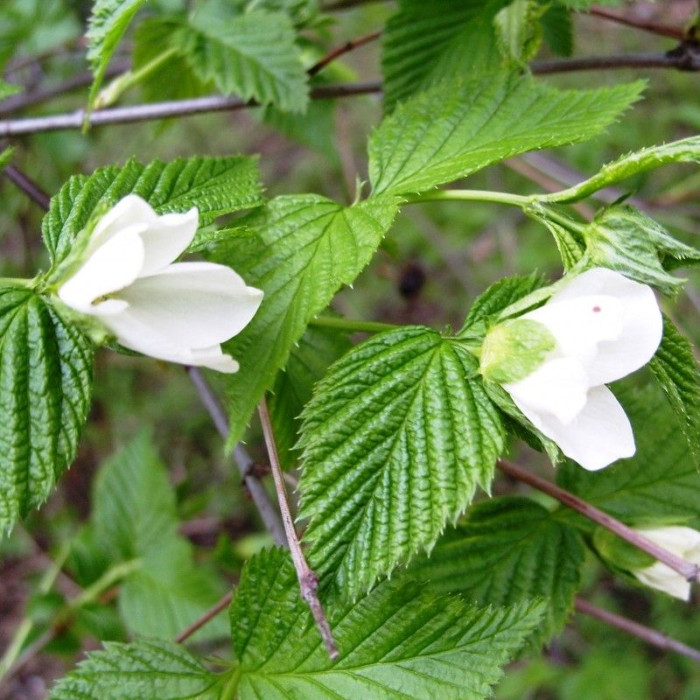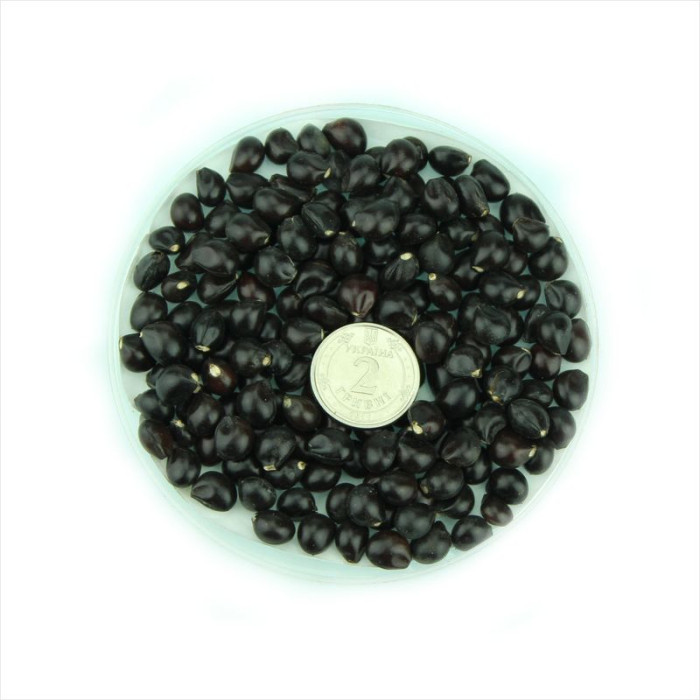Rhodotypos - deciduous shrub reaching 2 m in height. The leaves are 2-10 cm long, simple, ovate, with a serrated-toothed edge, with clearly visible veins, located on thread-like petioles, opposite, which is not typical for species of the Rosaceae family. Young branches are green, then become red-brown with grayish stripes.
The flowers are solitary, located at the ends of the lateral branches, up to 5 cm in diameter, with 4 white rounded petals and 4 rather large calyx lobes. Stamens are numerous. The ovary is apical.
Each flower produces four oblong, dry, shiny drupes. Their color changes from blood red to pure black when ripe. The seed is small, elliptical. Rosewood fruits are highly poisonous; they contain cyanides that can cause convulsions and even coma and respiratory arrest. Area and significance
The natural habitat of the pink rose is Japan, Korea and China. Since the middle of the 19th century, this plant has been actively grown in gardens and brought to North America and Australia, where it often runs wild and becomes a weed. Propagated by seeds and vegetatively.
The name can be pronounced as: climbing pink or kerrie-shaped (Rhodotypos scandens).

No questions about this product, be the first and ask your question.






















